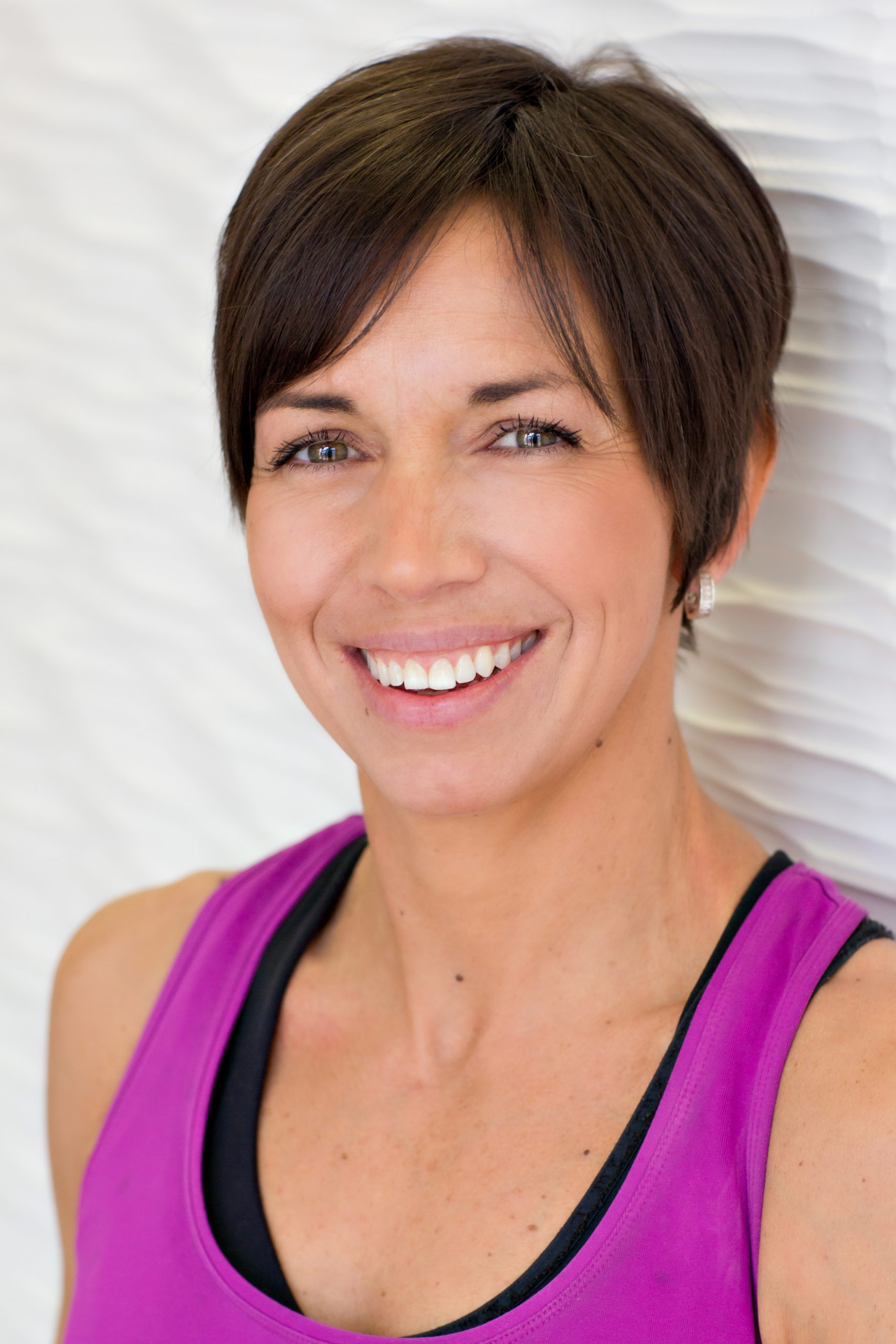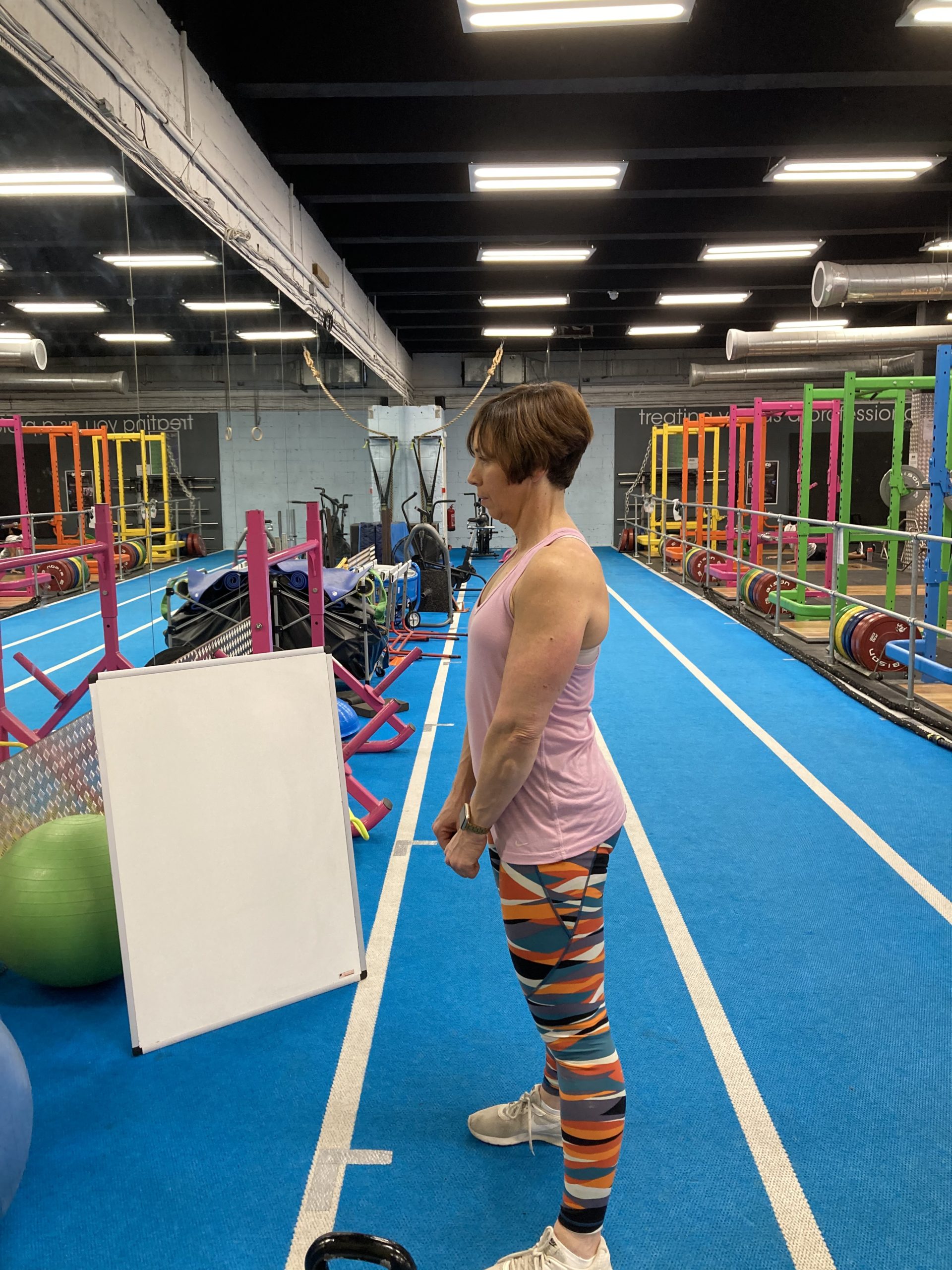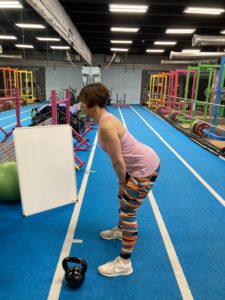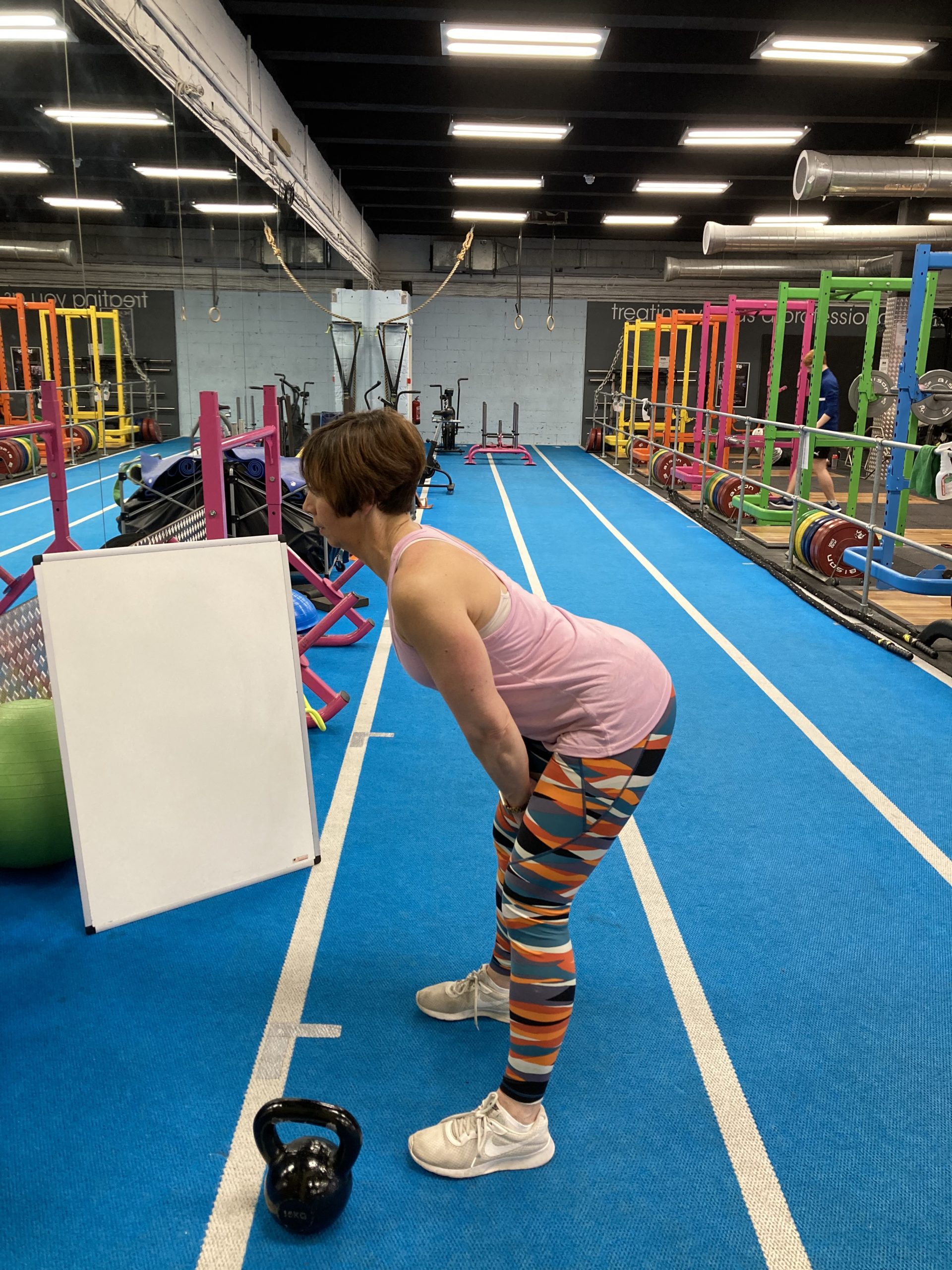The kettlebell swing is a complex movement but one worth learning to do properly as it has many benefits.
What muscles does the kettlebell swing work?
The kettlebell swing is a full-body exercise and hits many muscles. It uses your core, glutes, hamstrings, quads, back, delts and arms. So just one exercise gives a full-body workout, making it a very efficient use of your time.
Is the kettlebell swing good for Cardio?
Yes it is. Because of the full-body movement and interval training format, it raises your heart rate and breathing, and boosts your Cardiovascular Fitness
Does the kettlebell swing build muscle?
Yes it does. This explosive movement mimics movements you use to run, jump, and lift. Kettlebell swings effectively improve power, and it’s one of the best exercises for improving athleticism, power, and performance
What other benefits do you get?
- Improves balance and posture:
To keep your balance when doing a kettlebell swing you need to keep your back straight and engage your core. The forward bend comes from your hips, instead of slouching your back.The kettlebell swing also encourages you to set your shoulders back rather than slouching forwards - Enhances flexibility:
When you swing the kettlebell and stand tall, you engage your glutes which relaxes the opposing hip flexor. The repeated contraction of the glutes and relaxing of the hips eventually unlocks tight hips.
How To Do a Kettlebell Swing
The first thing to know is don’t copy the people you see doing it in the gym!! It is one of the worst performed exercises by the average gym-goer.
The most common mistake is excessive knee bend and no hip drive. You also see too much arm involvement, so it becomes a front raise.
KEY POINTS BY MOVE
- Start with the kettlebell on the floor slightly in front of you and between your feet
- Bend slightly at the knees hinging mainly at the hips
- Grasp the kettlebell and pull it back between your legs to create momentum
- Squeeze your shoulder blades together and engage your core.
- Soften your knees, shift your body weight into your heels, and lower your bum back and down toward the wall behind you.
- Drive your hips forwards and straighten your back to send the kettlebell up to shoulder height. Ideally, your forearm should stay connected to your body until you drive your hips through.
- Aim for chest height, with your arms extended
- As the kettlebell begins to descend, let the weight do the work as you ready your body for the next rep. Shift your weight back into your heels while hinging at your hips and loading both your hamstrings and glutes.
Here’s how it looks when you put it all together:
KEY POINTS BY BODY PART
Shoulders:
Keep your shoulders relaxed to avoid shrugging the kettlebell and ending up with your shoulders around your ears.
Glutes:
Activate your glutes by driving your hips through to a neutral position (where you are upright). Aim to keep your forearms attached to your hips until you reach neutral then, as your arms come up, squeeze your glutes to prevent overextending your lower back.
Head:
Your head position should be neutral. The gap between your chin and your chest shouldn’t change.
Elbows:
Use “soft” elbows throughout the swing. Keep your arms relaxed to take the tension out of your arm muscles and, instead, use the momentum of the kettlebell.
Knees:
Your knees shouldn’t bend excessively during the swing – it should be a hip hinge motion. This is a posterior chain movement (the muscles on the back of your body), not a quads exercise.
Put your entire body into each rep and keep the bell close to your body until the hip drive begins, and then use the hip power to swing the bell to shoulder level.”
SUMMARY
To the untrained eye, the kettlebell swing appears to be a feat of upper-body strength. However, this is not the case.
The perfect kettlebell swing places all the emphasis on your posterior chain using the major muscles on the back side of your body from your heels to the base of your neck, primarily your hamstrings and glutes.
Think of your posterior chain as your body’s powerhouse, and avoid using the upper body to get the weight moving
If you would like any help perfecting your exercise routine, please contact me for a chat

Rachel Law is a personal fitness trainer based in New Malden, Surrey. Qualifications: ActivIQ Level 3 Personal Training; Burrell Education Pregnancy Exercise Prescription; Burrell Education Advanced Pregnancy Wellness Practitioner; Burrell Education Advanced Post Natal Exercise Prescription; Burrell Education 3rd Age Women Optimal Health and Nutrition; Burrell Education Peri Natal Athlete; Burrell Education Pelvic Flow and Freedom; Olympic Weight Lifting; Premier Global Kettlebells; FIE Level Assessment and Mentoring




